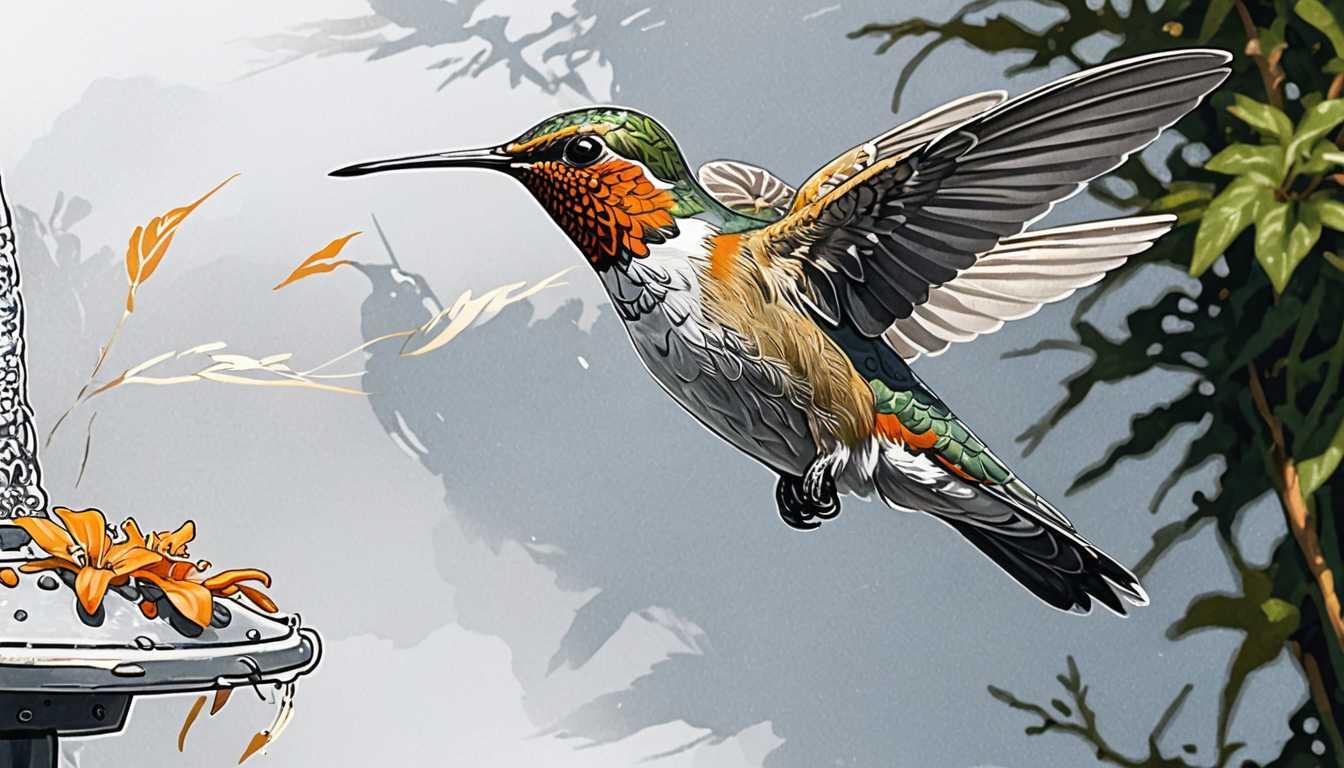Vacuuming the Sky for DNA Secrets
January 2022
Smithsonian Magazine
Introduction
Imagine vacuuming DNA right out of the sky to discover what creatures lurk around! That's exactly what scientists Elizabeth Clare and a team in Copenhagen did, independently snagging DNA from the air at zoos to identify the animals present. Their groundbreaking work, featured in Smithsonian Magazine, shows we can now detect elusive animals without seeing them—just by analyzing the air. It's like a sci-fi movie turned reality, promising a new era for biodiversity research. Who knew air could tell us so much?
READ FULL ARTICLEWhy It Matters
Discover how this topic shapes your world and future
Catching Whispers from the Wild
Imagine being able to identify every creature in a forest, from the tiniest insect to the stealthiest predator, without seeing them or leaving a footprint behind. This isn't a scene from a futuristic movie; it's becoming a reality thanks to scientists who have found a way to extract animal DNA from thin air. This breakthrough means we could soon monitor biodiversity and track endangered or invasive species in a non-invasive way, making wildlife conservation more effective and less intrusive. For you, this could mean a future where understanding and protecting the natural world is easier and more accurate, opening up new possibilities for science and conservation efforts globally.
Speak like a Scholar
Environmental DNA (eDNA)
Genetic material that organisms leave in their environment, which scientists can collect and analyze to identify the organism.
Polymerase chain reaction (PCR)
A laboratory technique used to make multiple copies of a specific DNA segment, making it easier to study in detail.
Biodiversity
The variety of life in the world or in a particular habitat or ecosystem, indicating the health and vitality of biological systems.
Invasive species
Plants, animals, or pathogens that are not native to an ecosystem and whose introduction causes harm to the native biodiversity.
Conservation
The protection, preservation, management, or restoration of wildlife and natural resources such as forests and water.
Genomicist
A scientist who studies genomics, the branch of molecular biology concerned with the structure, function, evolution, and mapping of genomes.
Independent Research Ideas
Tracking urban wildlife through eDNA in air samples
Investigate how airborne eDNA can be used to monitor the presence and movement of wildlife in urban environments, offering insights into how animals adapt to city life.
The impact of climate change on biodiversity as revealed by airborne eDNA
Explore how shifts in the types of eDNA found in different environments over time can indicate changes in biodiversity due to climate change.
Comparative analysis of eDNA collection methods
Conduct a study comparing the effectiveness of different air sampling devices and methods in capturing eDNA, to optimize the process for various environments.
The role of eDNA in detecting invasive species early
Examine how early detection of invasive species through eDNA in air can help in their management and control, potentially saving ecosystems from harm.
eDNA and conservation efforts in marine environments
Despite the focus on land animals, extend the concept to marine environments, assessing how airborne eDNA might be used to study marine biodiversity, especially in coastal areas where air and water interact.
Related Articles

Electricity: Nature's Hitchhiking Secret
January 2025
U of Bristol Research news

Evolution's Tiny Titans Unveiled
April 2023
University of Bristol

Sunbathing Secrets of the Animal Kingdom
August 2022
National Geographic

DNA Detectives: Unveiling Hidden Life
February 2024
MIT Technology Review

Skunk Stripes: Fashion or Survival?
November 2023
University of Bristol